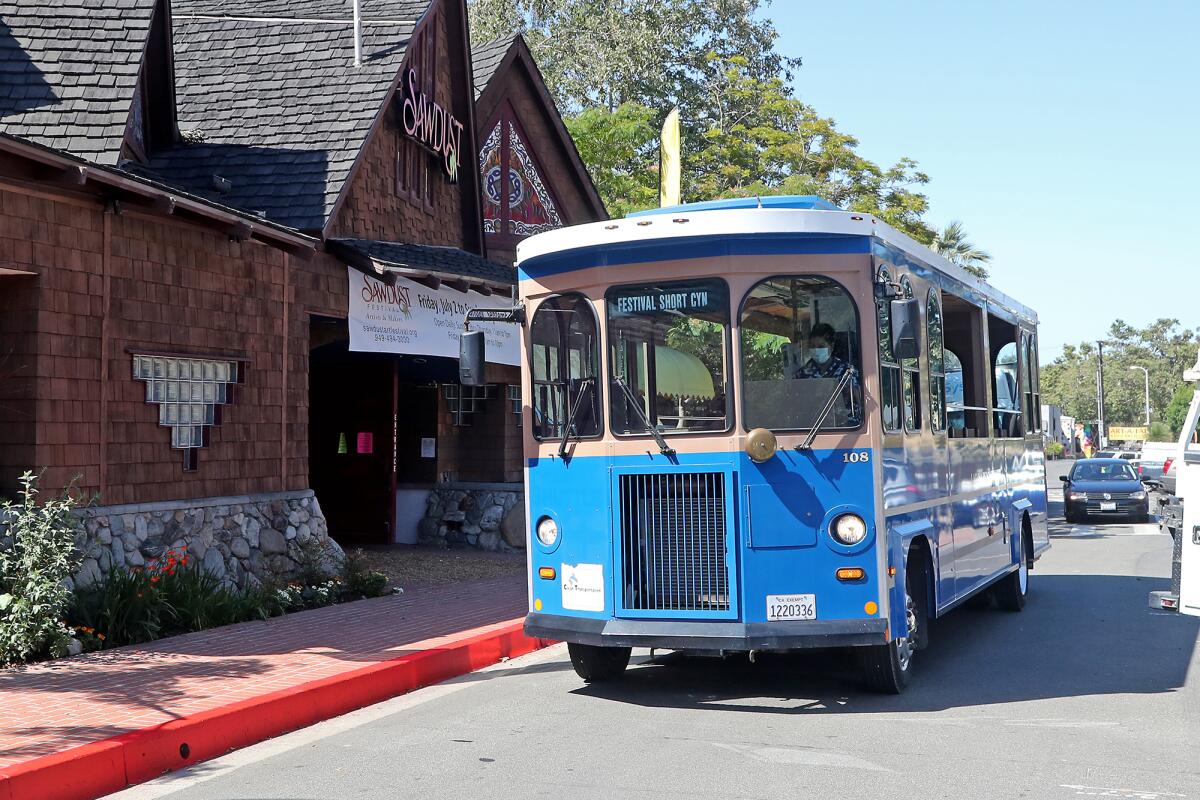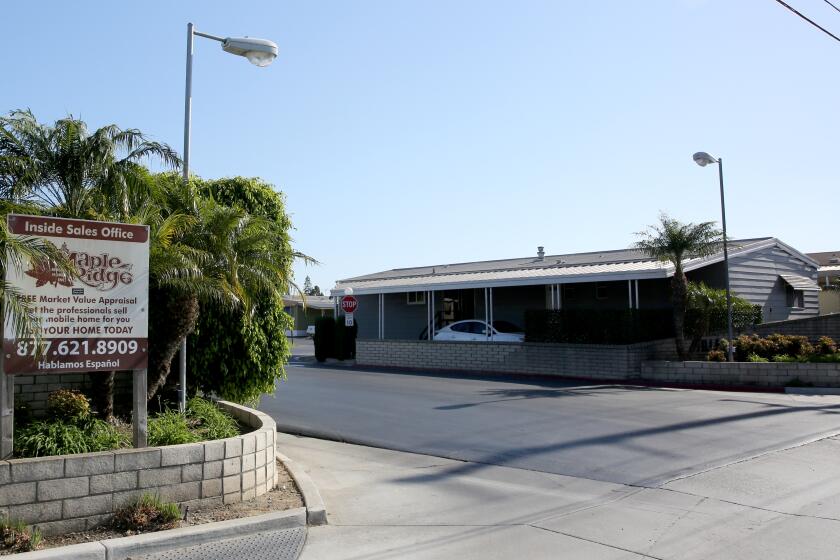Laguna Beach forges forward with fleet electrification, EV charging station plans

- Share via
Looking to put a charge into its plans for the electrification of the municipal fleet, Laguna Beach could soon begin investing in the infrastructure needed to power those vehicles.
The City Council directed staff to proceed with issuing a request for proposals for the installation of charging stations on Tuesday night. The action came following an update from ICF, the city’s consultant on the transition’s implementation plan.
A presentation focused heavily on the next five years, with plans calling for the installation of 47 charging stations at two primary sites. There would be 31 stations to support 68 vehicles at the city’s corporation yard on Laguna Canyon Road and 16 stations for 54 vehicles at City Hall. The estimated cost for the charging infrastructure is $2.87 million.
As of June, the city had 185 vehicles in its municipal fleet. The near-term project would help service the planned transition of up to 130 of its vehicles by 2030, city staff said. Converting those vehicles from internal combustion engines would come at a cost of $12.87 million.
The city would be looking at spending $18.78 million over the next five years to facilitate the short-term fleet transition plan.
“When comparing the cost of an electric fleet to the equivalent cost of an internal combustion fleet, that net investment to the city would be about $2.4 million of additional spending,” Emma Sullivan, a project manager for ICF, said when factoring in fleet incentive programs.
Sullivan estimated that about $4 million could be offset through incentives. Approximately $1 million is tied to potential federal funding, she said.
“There are many incentive and grant programs at the state and local level, which is great news because federal programs aren’t predictable right now,” Sullivan added. “The takeaway with federal programs right now is that the sooner funding is applied for, the better.”
Laguna Beach is actively pursuing incentives through Southern California Edison’s Charge Ready Transport Program.
City staff could return to the council for its consideration of a contract for charging station installation and an agreement with SCE as soon as April or May.
Infrastructure upgrades would also be required for electrical panels, transformers, conduits, cables and meters. Those additions would come at an estimated cost of $335,000, but Sullivan said about $268,000 could be reimbursed through the Charge Ready Transport Program.
Trolleys made up a substantial portion of the projected cost, accounting for nearly half of the vehicle replacement cost. The city has 25 propane-powered trolleys in its public transit program. A plan to replace 19 of them over the next five years had an estimated price tag of $6.34 million.
The 15-year implementation plan for the full transition of the municipal fleet includes as many as 31 vehicles to be replaced and as few as one in a given year up until 2039, based on their scheduled retirement.
Mayor Alex Rounaghi considered the possibility of pushing back replacing the trolleys as a cost-saving measure.
“I really like the idea of moving forward with this in a way where we’re actually going to be able to say to the community, ‘Look, we’re saving money over the next five years by doing this,’” Rounaghi said. “I think that’s important, and with the trolleys and technology, it just seems like why would you put such a big investment when maybe you can lease it and mitigate your risk.”
Michael Litschi, the city’s director of transit and community services, said the trolleys are subject to the Innovative Clean Transit Regulation. The city will be among the smaller transit agencies that must begin purchasing zero-emission replacement vehicles in 2026. All new purchases will have to be zero-emission vehicles by 2029, and the entire fleet must fall under that criteria by 2040.
“We have a fleet of 25 trolleys,” Litschi said. “Four of those are already past their useful life, and we normally would have already gone out to replace them, but we’ve been kind of holding off to see the results of this plan.”
All the latest on Orange County from Orange County.
Get our free TimesOC newsletter.
You may occasionally receive promotional content from the Daily Pilot.




